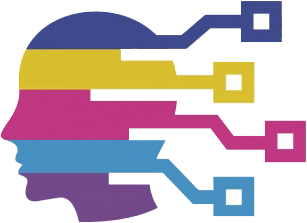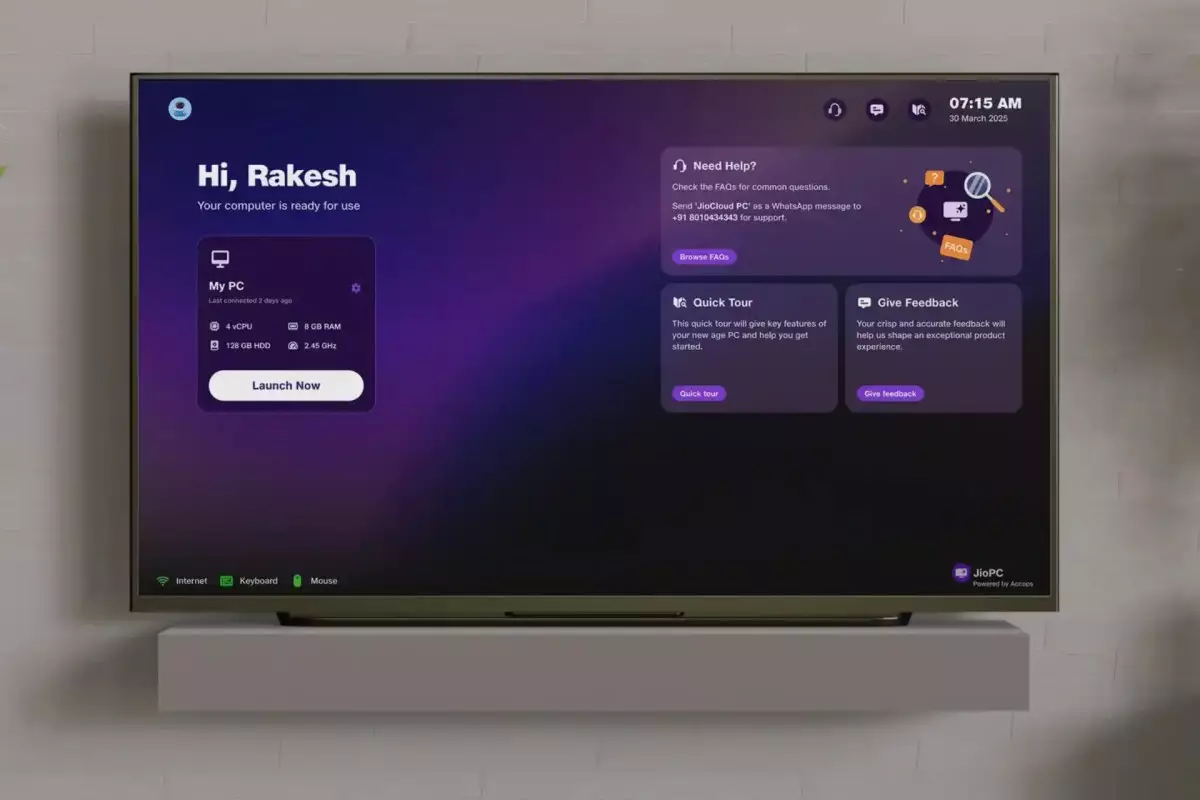India’s technological landscape is on the brink of a significant transformation with the launch of JioPC, a cloud-based virtual desktop service introduced by Jio Platforms, the digital branch of Reliance Industries. Mukesh Ambani’s ambitious vision to turn millions of televisions into functional computers is both bold and promising. This strategy addresses a persistent digital divide by leveraging existing household devices—smart TVs—and transforming them into portals for productivity, communication, and entertainment. At its core, JioPC aims to bridge the gap between the low PC penetration rate and the vast number of households that could benefit from affordable, accessible computing solutions.
The service’s integration into set-top boxes, which are already widespread in Indian homes, signifies a smart approach to maximizing existing infrastructure. This move offers a potential pathway for millions of rural and semi-urban households to access digital tools that are traditionally out of reach due to cost or lack of infrastructure. By bundling JioPC with broadband services or offering it separately at an affordable price point, Reliance paves the way for a more inclusive digital ecosystem. The idea of converting the TV into a virtual desktop isn’t just innovative—it’s a game changer for a country where nearly 70% of households own a television, but only 15% have a personal computer.
Strategic Challenges and Market Dynamics
However, making this vision a reality is riddled with hurdles. One of the critical challenges is convincing consumers—that are accustomed to traditional entertainment—about the utility of turning their TVs into workstations. The current limitations of JioPC, such as the lack of support for peripherals like printers and cameras, could hinder seamless adoption. Users accustomed to a full-fledged PC experience might find these restrictions limiting at first. Moreover, the reliance on web-based applications like Microsoft Office via browsers might require users to develop new digital habits, which could slow down adoption rates initially.
The competition in India’s digital and PC markets is fierce yet evolving. While the overall PC market is experiencing growth—reportedly over 8% expansion last quarter—penetration remains low compared to developed nations. Limited disposable income and high smartphone dependency have historically kept PC adoption constrained. Now, with internet-based services replacing traditional DTH subscriptions, Jio’s initiative taps into this evolving landscape. Even so, scaling a service like JioPC beyond early adopters requires overcoming significant barriers such as digital literacy, reliable internet connectivity, and widespread awareness.
The success of JioPC fundamentally hinges on multi-faceted collaboration. Partnerships with app developers, productivity software providers, and internet service providers are pivotal. Ensuring that consumers find value in this hybrid computing model necessitates not just technological innovation but also strategic marketing and education efforts. As Prabhu Ram remarks, Jio’s consumer move is a leap into unfamiliar territory—an environment that demands more than just technological deployment; it requires reshaping user perceptions about computing on TVs.
The Promise of Broader Digital Inclusion
Despite these challenges, JioPC holds immense potential to catalyze digital inclusion, especially among underserved populations. Rural, low-income, and digitally illiterate segments could see unprecedented access to educational and economic opportunities. Connecting these communities with productive tools like word processors, spreadsheets, and communication platforms could be transformative, fostering a more equitable digital economy.
Encouragingly, the Indian PC market shows signs of steady growth, indicating optimistic underlying trends. However, to truly unlock the benefits of JioPC, Reliance must think beyond hardware and software integration; it must foster an ecosystem that nurtures digital skills and supports widespread adoption. This could involve leveraging government initiatives, educational outreach, and localized content tailored to diverse linguistic and regional needs.
Ambani’s venture is a direct challenge to the conventional perceptions of computing in India. If executed effectively, it could redefine what “productivity” means in a country where the majority are still on the cusp of digital literacy. Yet, the path forward is as much about changing behavior and perceptions as it is about deploying technology. Only through strategic collaboration, persistent marketing, and inclusive policies can JioPC realize its full potential as a catalyst for India’s digital renaissance.

